2-phenylpropylamine

2-phenylpropylamine structure
|
Common Name | 2-phenylpropylamine | ||
|---|---|---|---|---|
| CAS Number | 582-22-9 | Molecular Weight | 135.20600 | |
| Density | 0.93 g/mL at 25ºC(lit.) | Boiling Point | 210ºC at 760 mmHg | |
| Molecular Formula | C9H13N | Melting Point | N/A | |
| MSDS | Chinese USA | Flash Point | 84.6ºC | |
| Symbol |

GHS05 |
Signal Word | Danger | |
| Name | 2-phenylpropan-1-amine |
|---|---|
| Synonym | More Synonyms |
| Density | 0.93 g/mL at 25ºC(lit.) |
|---|---|
| Boiling Point | 210ºC at 760 mmHg |
| Molecular Formula | C9H13N |
| Molecular Weight | 135.20600 |
| Flash Point | 84.6ºC |
| Exact Mass | 135.10500 |
| PSA | 26.02000 |
| LogP | 2.44910 |
| Index of Refraction | n20/D 1.524(lit.) |
CHEMICAL IDENTIFICATION
HEALTH HAZARD DATAACUTE TOXICITY DATA
|
| Symbol |

GHS05 |
|---|---|
| Signal Word | Danger |
| Hazard Statements | H314 |
| Precautionary Statements | P280-P305 + P351 + P338-P310 |
| Personal Protective Equipment | Faceshields;full-face respirator (US);Gloves;Goggles;multi-purpose combination respirator cartridge (US);type ABEK (EN14387) respirator filter |
| Hazard Codes | C: Corrosive;Xi: Irritant; |
| Risk Phrases | R34 |
| Safety Phrases | 26-27-28-36/37/39-45 24/25 |
| RIDADR | UN 2735 8 |
| WGK Germany | 3 |
| RTECS | SH9520000 |
| Packaging Group | III |
| HS Code | 2921499090 |
| Precursor 9 | |
|---|---|
| DownStream 9 | |
| HS Code | 2921499090 |
|---|---|
| Summary | 2921499090 other aromatic monoamines and their derivatives; salts thereof VAT:17.0% Tax rebate rate:9.0% Supervision conditions:none MFN tariff:6.5% General tariff:30.0% |
|
Determination of selected biogenic amines in Acacia rigidula plant materials and dietary supplements using LC-MS/MS methods.
J. Pharm. Biomed. Anal. 88 , 457-66, (2014) Extracts of Acacia rigidula leaves are used in weight-loss products sold in vitamin shops and over the internet with little or no published data about their potential biological effects. In our chemic... |
|
|
Systematic study of steric and spatial contributions to molecular recognition by non-covalent imprinted polymers.
Analyst 126(6) , 793-7, (2001) Although molecular imprinting is a widely accepted method for producing template specific polymers, the general rules for prediction and control of the binding and catalytic properties of these materi... |
| 4-Methylphenylethylamine |
| 2-phenyl-1-propanamine |
| 2-Phenylpropylamine |
| EINECS 209-479-2 |
| (RS)-2-phenylpropylamine |
| 1-Amino-2-phenylpropane |
| 1-Propanamine,2-phenyl |
| MFCD00008144 |
| 2-phenyl-1-propylamine |
| Propylamine,2-phenyl |
![[(2R)-1-nitropropan-2-yl]benzene Structure](https://image.chemsrc.com/caspic/358/109757-73-5.png) CAS#:109757-73-5
CAS#:109757-73-5 CAS#:1823-91-2
CAS#:1823-91-2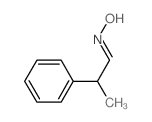 CAS#:59647-78-8
CAS#:59647-78-8 CAS#:98-83-9
CAS#:98-83-9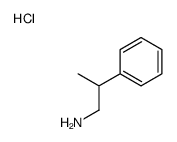 CAS#:20388-87-8
CAS#:20388-87-8![2-(2-hydroxy-2-phenylpropyl)naphtho[1,8-de][1,2,3]triazin-2-ium-1-ide Structure](https://image.chemsrc.com/caspic/264/291301-35-4.png) CAS#:291301-35-4
CAS#:291301-35-4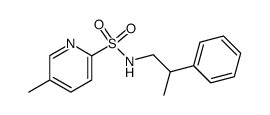 CAS#:796034-87-2
CAS#:796034-87-2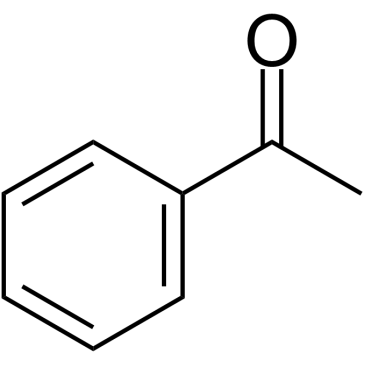 CAS#:98-86-2
CAS#:98-86-2 CAS#:34713-70-7
CAS#:34713-70-7 CAS#:110841-71-9
CAS#:110841-71-9 CAS#:141463-70-9
CAS#:141463-70-9 CAS#:93-88-9
CAS#:93-88-9 CAS#:256381-13-2
CAS#:256381-13-2 CAS#:4965-09-7
CAS#:4965-09-7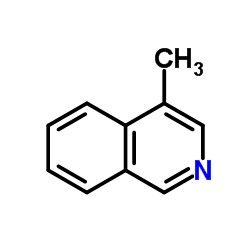 CAS#:1196-39-0
CAS#:1196-39-0 CAS#:1721-95-5
CAS#:1721-95-5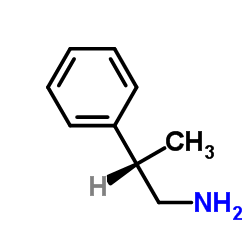 CAS#:17596-79-1
CAS#:17596-79-1